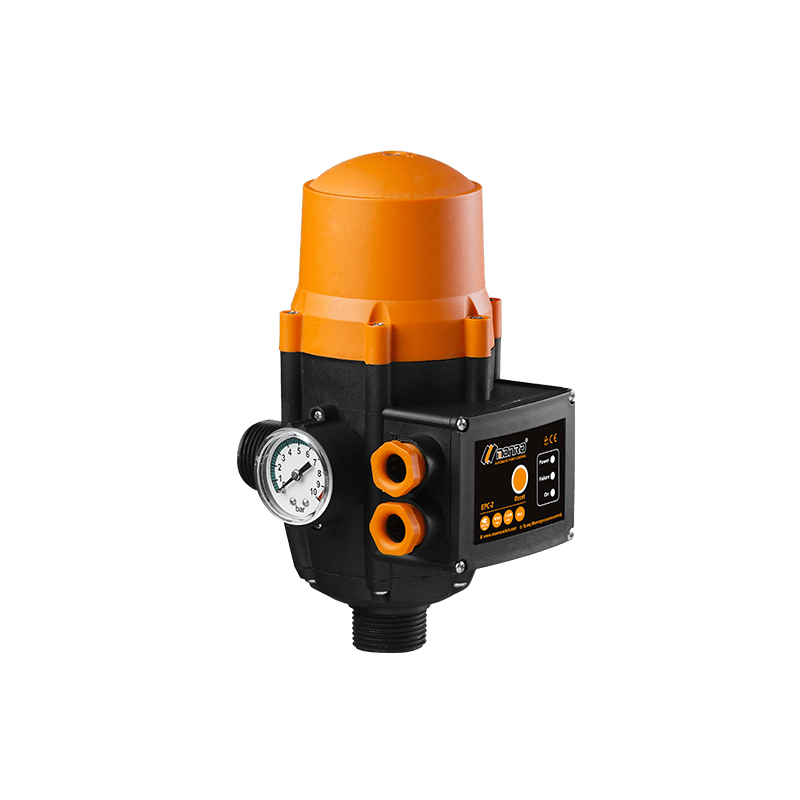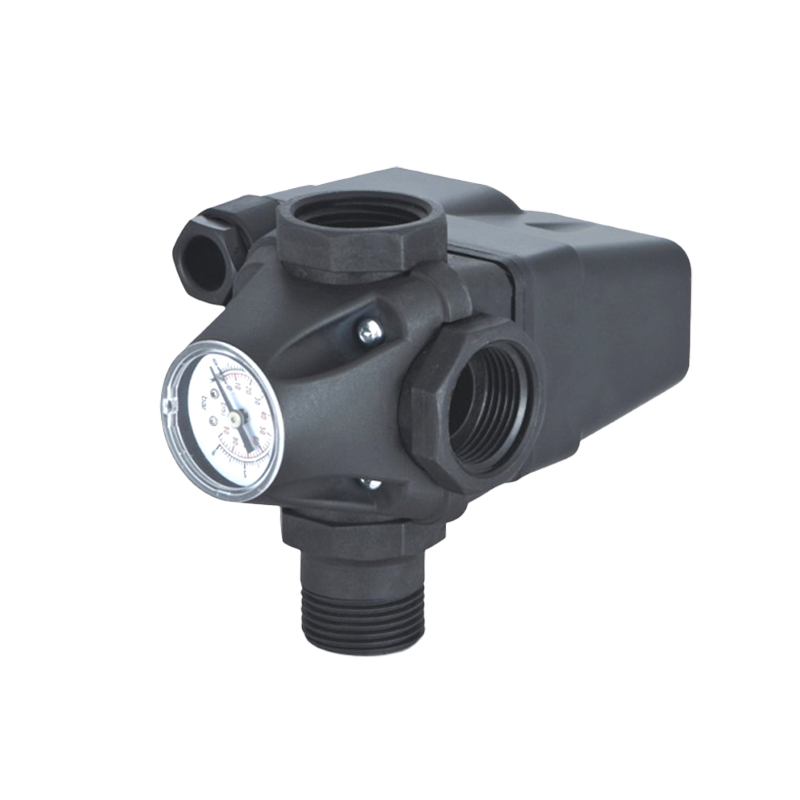Don't hesitate to send a message
Web Menu
Product Search
Exit Menu
Understanding the Key Functions and Components of Submersible Water Pump Controllers Switches
Submersible pumps are widely used in various applications, such as water supply, irrigation, and wastewater management. To ensure the efficient and reliable operation of these pumps, it is essential to have proper control systems in place.
Functions of Submersible Pump Automatic Switches and Submersible Water Pump Controllers
1. Automatic Start/Stop: One of the primary functions of submersible pump automatic switches and submersible water pump controllers is to control the start and stop of the pump based on the water level or pressure in the system. This ensures that the pump operates only when needed, conserving energy and reducing wear and tear on the pump.
2. Overload Protection: These controllers are designed to protect the pump from damage due to overloading. If the pump is subjected to excessive current, the controller will automatically shut down the pump, preventing potential damage to the motor and other components.
3. Dry Run Protection: Submersible pump automatic switches and submersible water pump controllers also provide dry run protection. If the pump is running without water, the controller will detect this condition and stop the pump to prevent damage to the motor and other components.
4. Overheat Protection: These controllers are equipped with temperature sensors that monitor the temperature of the pump motor. If the temperature exceeds a predetermined threshold, the controller will shut down the pump to prevent overheating and potential damage.
5. Fault Detection: Submersible pump automatic switches and submersible water pump controllers are designed to detect and diagnose various faults in the system, such as short circuits, open circuits, and ground faults. This allows for timely intervention and maintenance, ensuring the reliability of the pump system.
Components of Submersible Pump Automatic Switches and Submersible Water Pump Controllers
1. Control Panel: The control panel is the central component of the submersible pump automatic switch and submersible water pump controller. It houses the control circuitry, user interface, and display, allowing users to monitor and control the operation of the pump.
2. Pressure Sensor: The pressure sensor is a critical component that measures the water pressure in the system. It sends this information to the controller, which then determines whether the pump should start or stop based on the pressure readings.
3. Level Sensor: The level sensor is another essential component that measures the water level in the system. Like the pressure sensor, it sends this information to the controller, which then makes decisions about the pump's operation based on the water level.
4. Relay: The relay is an electrical switch that is controlled by the controller. It is responsible for turning the pump on and off based on the input from the sensors and the control logic programmed into the controller.
5. Transformer: The transformer is an essential component that steps down the voltage supplied to the controller and the pump motor. This ensures that the components operate at the correct voltage levels, preventing damage and extending their lifespan.
6. Circuit Breaker: The circuit breaker is a safety device that protects the pump and the controller from electrical overloads. If the current exceeds a predetermined threshold, the circuit breaker will trip, cutting off the power supply and preventing potential damage.
Submersible pump automatic switches and submersible water pump controllers are essential components in the efficient and reliable operation of submersible pump systems. By providing automatic start/stop control, overload protection, dry run protection, overheat protection, and fault detection, these devices ensure that the pump operates goodly and safely. Understanding the functions and components of these controllers is crucial for maintaining the performance and longevity of submersible pump systems.
-
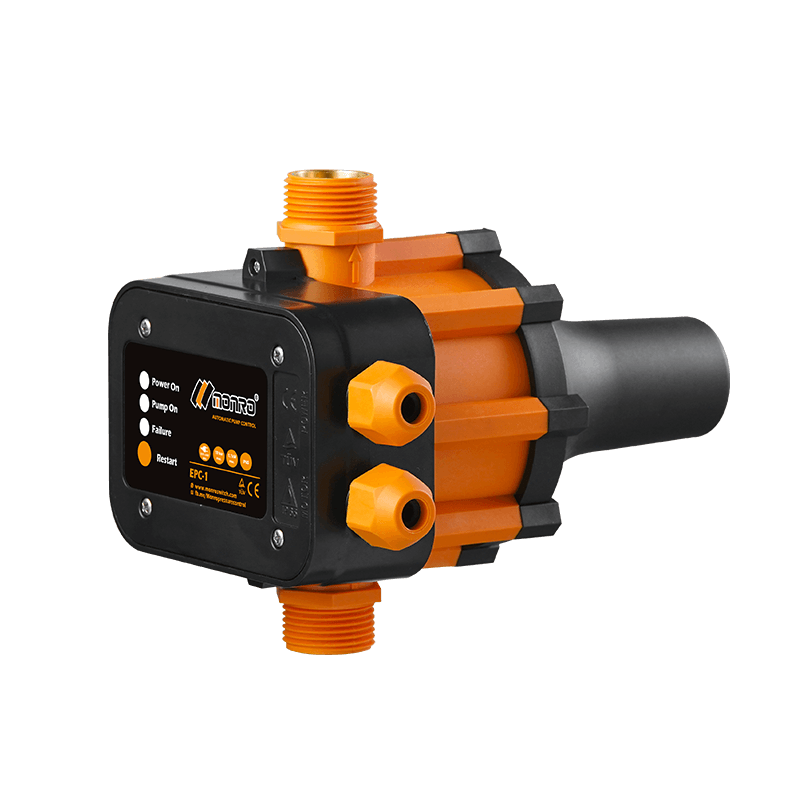 EPC-1
EPC-1Monro EPC-1 model pump controller is the classic and basic type, was loved by user in the global mar...
-
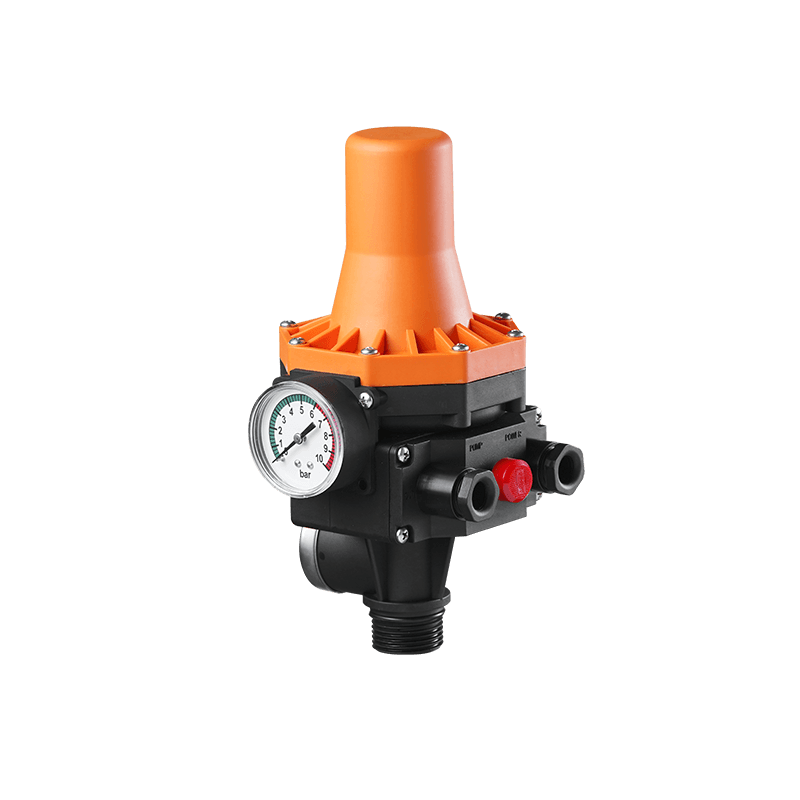 EPC-3
EPC-3Monro EPC-3 spain design auto on and off press control, an intelligent and economical system designe...
-
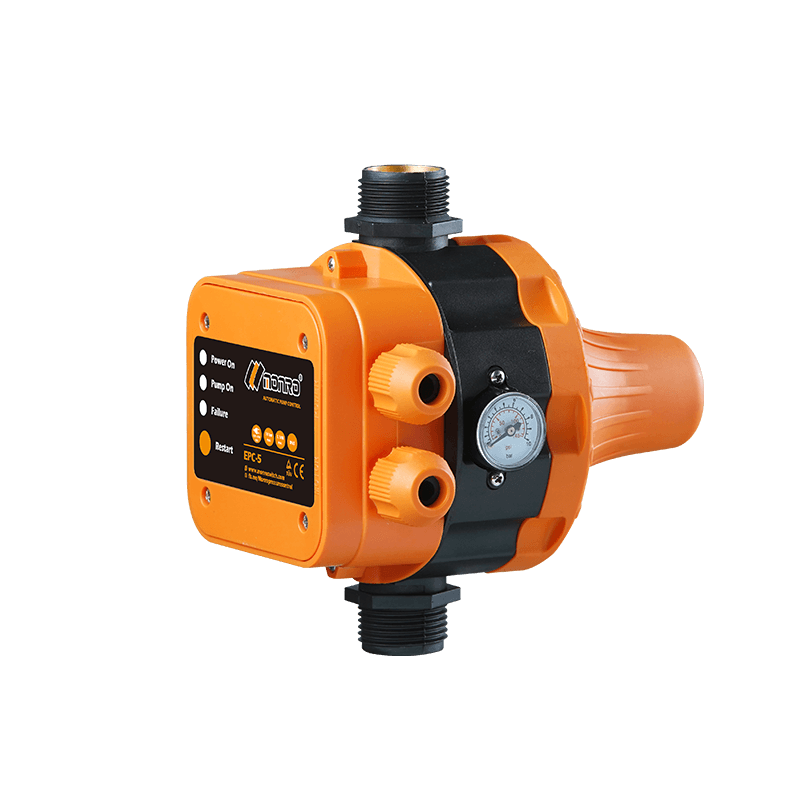 EPC-5
EPC-5Monro EPC-5 model automatic pump control, a device which assembled on the water pump (recommended si...
-
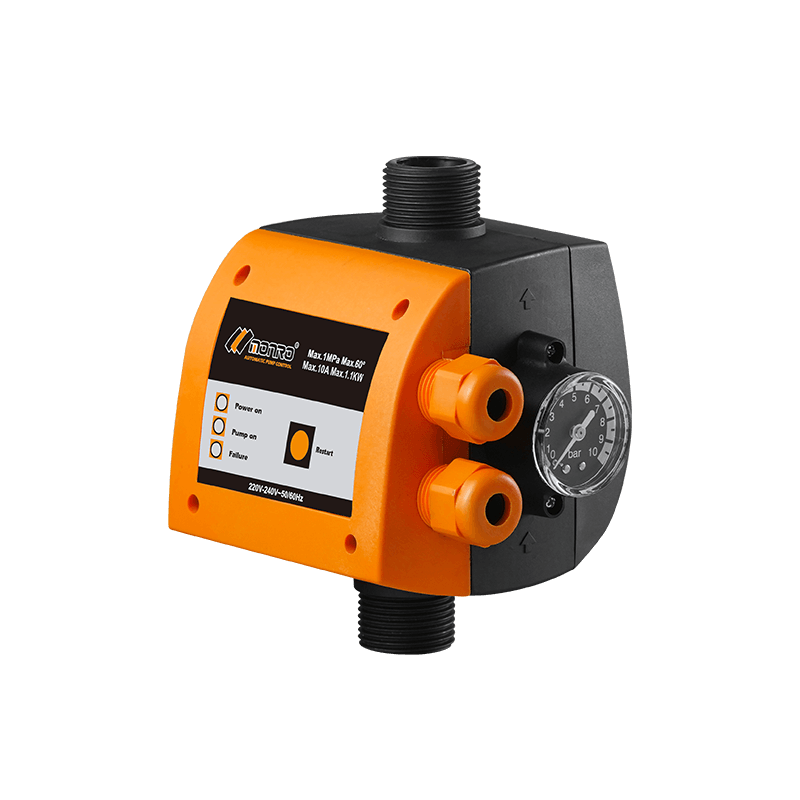 EPC-9
EPC-9Monro EPC-9 model pressure controller, is a big power device for automatic control and protection of...
-
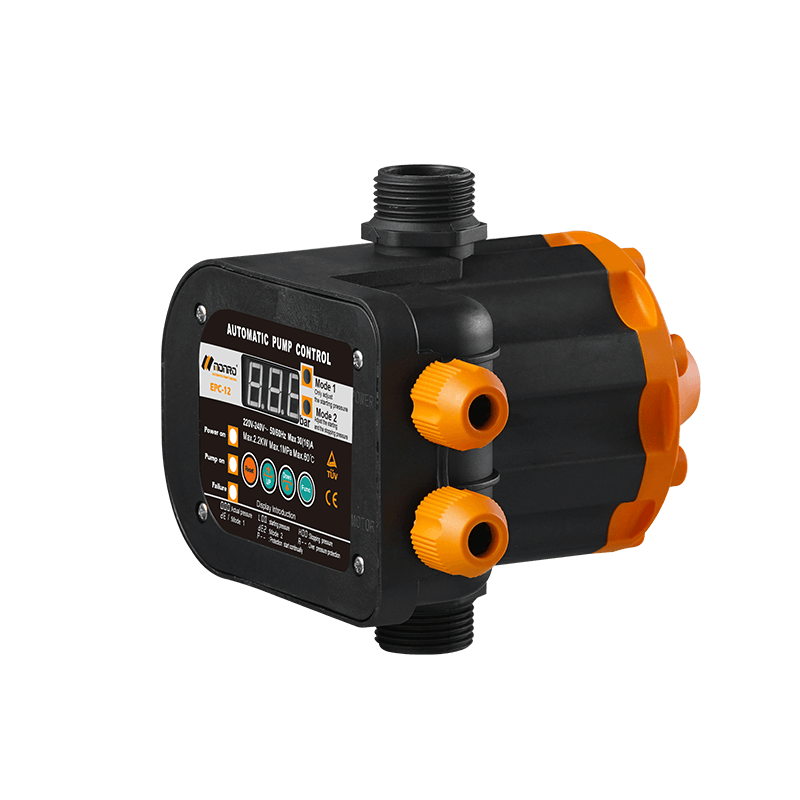 EPC-12
EPC-12Monro EPC-12 smart top-level automatic pump control is a multi-function model combined with traditio...
-
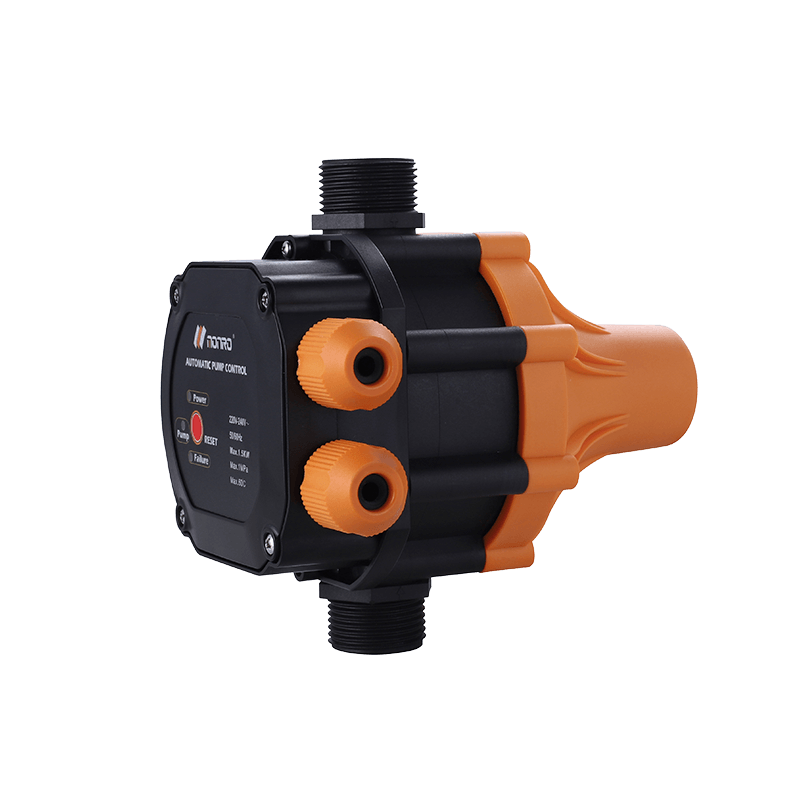 EPC-14
EPC-14Monro EPC-14 model pressure control is a big power device for automatic control and protection of el...
-
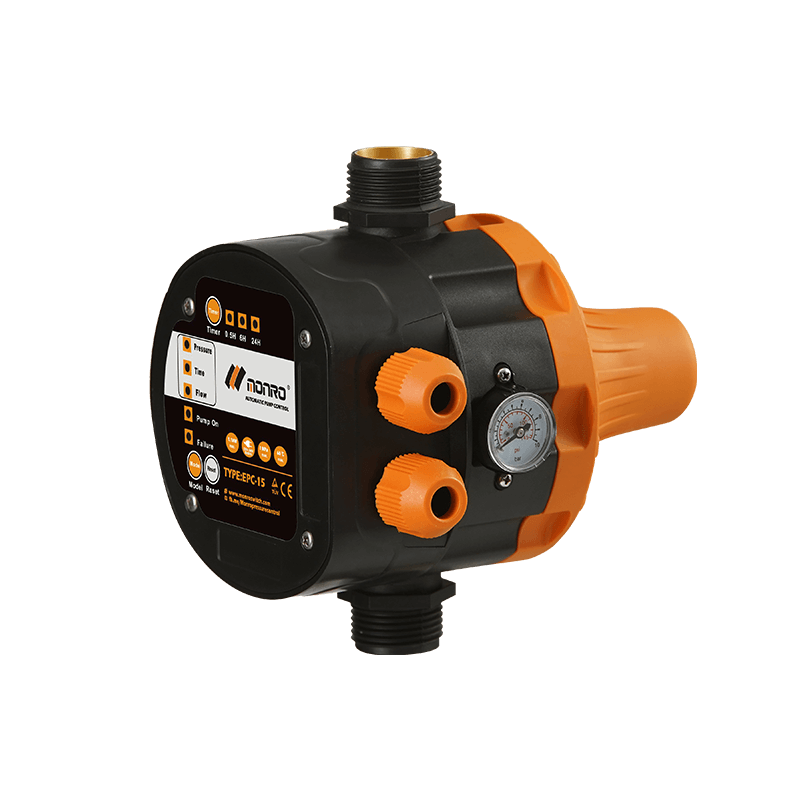 EPC-15
EPC-15Monro EPC-15 model automatic pump control, a device which assembled on the water pump (recommended s...
-
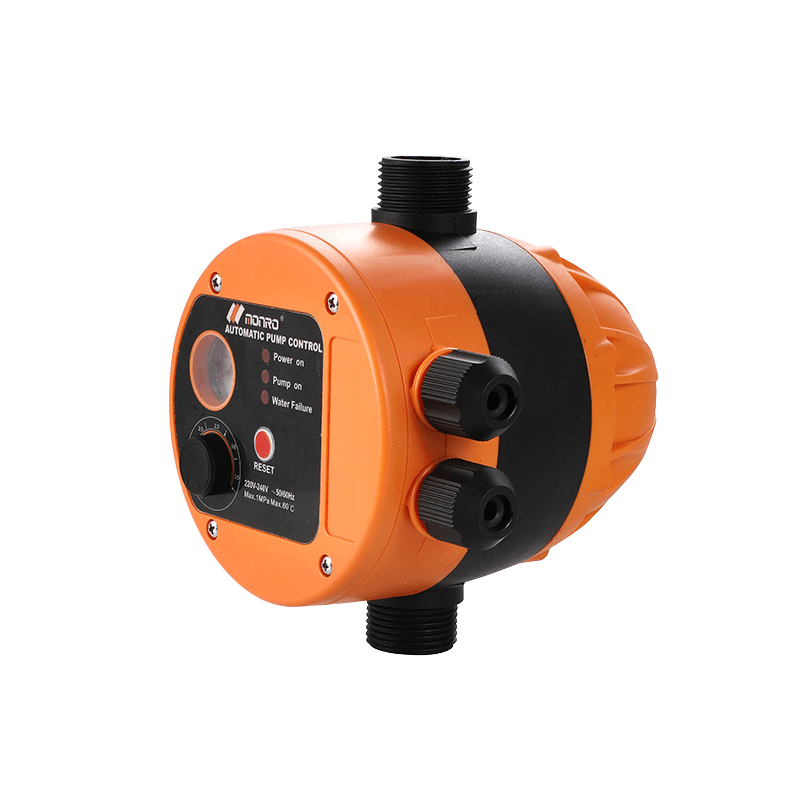 EPC-16
EPC-16EPC-16 is the new patent pump controller by Monro. Its key highlight is tooless (manual knob) start...
find our office
Committed to providing professional pressure control solutions for various types of water pumps and air compressors.

 简体中文
简体中文 English
English Español
Español